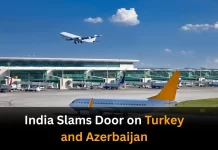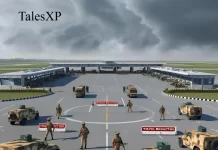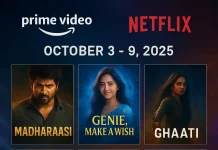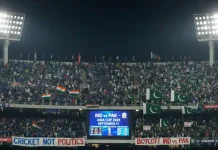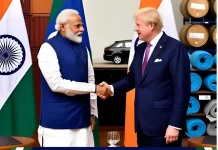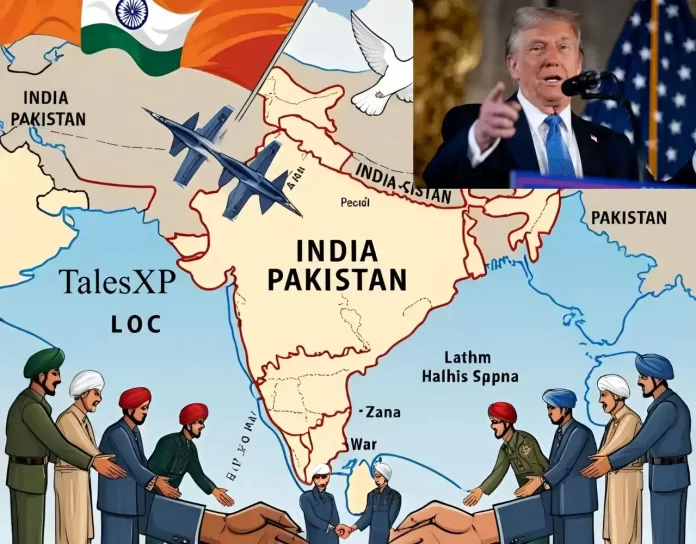In a dramatic turn of events, India and Pakistan have agreed to a “full and immediate ceasefire”, as announced by former U.S. President Donald J. Trump late on May 10, 2025. The decision came after a period of intense military escalation that threatened to spiral into a full-scale war between the two nuclear-armed neighbors.
“Great news coming out of South Asia — India and Pakistan have just agreed to a full and immediate ceasefire,” Trump posted on Truth Social, his social media platform. “This was a long night of discussions. Common sense and great intelligence prevailed.”
🧨 The Trigger: Kashmir Terror Attack and Escalation
🛑 What Sparked the Conflict?
The recent crisis began with a deadly terror attack in the Kashmir Valley, where 26 Hindu tourists were killed in a coordinated assault attributed to Lashkar-e-Taiba, a Pakistan-based terror group.
India responded swiftly with:
- Airstrikes on terror infrastructure inside Pakistani territory
- Missile strikes on select military targets
- Suspension of diplomatic communication
Pakistan retaliated with:
- Drone incursions across the LoC (Line of Control)
- Missile attacks on Indian airbases in Punjab and Jammu
- Mobilization of troops across strategic sectors
⚔️ Escalation Timeline
| Date | Event |
|---|---|
| May 3 | Terror attack in Pahalgam kills 26 tourists |
| May 4 | India conducts airstrikes in PoK |
| May 6 | Pakistan targets Indian military bases |
| May 8 | Indian Navy puts Western Command on high alert |
| May 10 | Ceasefire announced |
🕊️ Trump’s Role in Ceasefire Talks
The former U.S. President played a key role in behind-the-scenes diplomacy. Working with allies in Saudi Arabia, Turkey, and Qatar, Trump initiated direct communication with both Islamabad and New Delhi.
- Talks reportedly began on May 8 via secure diplomatic backchannels.
- Trump emphasized the “catastrophic global impact” of a war between two nuclear powers.
- U.S. and Saudi envoys helped prepare a mutual draft for de-escalation.
“We’re talking to great friends in both capitals. I think peace is very close,” Trump had told reporters a day earlier.
📃 Ceasefire Terms (As Per Sources)
Although official texts have not been released, credible diplomatic sources outline the following terms:
- Ceasefire effective from 5:00 PM IST on May 10
- Both countries will halt airstrikes, drone activity, and missile launches
- No military movement within 15 km of the Line of Control
- Establishment of a bilateral hotline to avoid misunderstandings
- Proposed UN-monitored humanitarian corridor for affected areas in Kashmir
- Reopening of Track-II diplomatic channels by end of May
🌍 International Response to the Ceasefire
🇺🇳 United Nations
The UN Secretary-General praised the ceasefire and called for “constructive dialogue” on long-standing issues like Kashmir.
🇺🇸 United States
President Joe Biden, although not directly involved in talks, thanked Trump and urged India and Pakistan to commit to long-term peace.
🇸🇦 Saudi Arabia
A key player behind the scenes, the Saudi Crown Prince issued a statement expressing “relief and satisfaction” at the outcome.
🇪🇺 European Union
The EU called for restraint and offered to assist in confidence-building measures (CBMs) to prevent further escalations.
✈️ Flight Bans and Airport Closures Continue
Despite the ceasefire, both countries have not yet lifted wartime travel restrictions.
✈️ Airports Affected:
| Country | Airports Closed |
|---|---|
| India | Jammu, Srinagar, Amritsar, Pathankot |
| Pakistan | Muzaffarabad, Lahore (partial), Rawalpindi Air Base |
International carriers like Emirates, Lufthansa, and Air India have temporarily suspended flights to affected zones, citing airspace safety concerns.
“The ceasefire is welcome, but airspace remains volatile. We await formal NOTAM withdrawal from both governments,” said an IATA spokesperson.
📉 Impact on Civilians
In India:
- Thousands evacuated from border towns in Punjab and J&K
- Schools, colleges shut in war-prone areas
- Local tourism and businesses hit hard during peak summer travel
In Pakistan:
- Civilian displacement from Sialkot and Lahore outskirts
- Internet shutdowns and curfews in Balochistan and PoK
- Panic buying of fuel and rations reported
🧭 What Comes Next?
Experts say the ceasefire is only the beginning. Long-term peace will depend on:
- Talks on cross-border terrorism
- Resuming trade and consular ties
- Addressing the Kashmir question
- Demilitarizing sensitive zones
🎙️ Analyst View:
“This ceasefire could become a turning point — or just a pause before the next storm. It’s up to leadership on both sides now,” said defense analyst Retd. Gen. Amar Singh.
Exclusive Insights from Border Villages
TalesXP spoke to families in Pathankot and Uri, who expressed both relief and fear.
“We are grateful the bombs have stopped. But who knows when they’ll start again?” – Kamla Devi, Uri resident
“This isn’t the first ceasefire. We need peace, not just pauses in firing.” – Amanpreet Singh, Pathankot farmer
🧠 Key Takeaways
- Trump announces a full ceasefire between India and Pakistan after war escalation
- Conflict began after a deadly terror attack in Kashmir
- Airstrikes, missile exchanges, and troop mobilization created war fears
- Ceasefire terms include halting all hostilities and establishing a hotline
- Airports in conflict zones remain shut; travel restrictions continue
- International communities praise peace but warn of fragile stability


